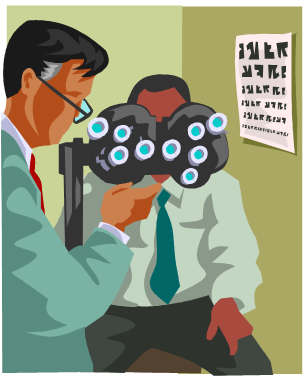Where I live it is common to have slab foundations (How to Build a Slab Foundation) for homes.
Slab foundations are solid blocks of poured concrete on top of which the structure is erected. There are several important characteristics that a slab foundation must have in order to support the house that is being built.

- It must be shaped correctly for the house. It is costly and difficult to alter the basic shape after it hardens.
- Although it looks like a solid mass of concrete, it actually conceals a great deal of infrastructure including electrical conduits, plumbing and cables (which provide strength).
- Everything attached to or embedded in the foundation must be in the right place (again, it is hard to change things fixed in concrete). For example, the plumbing for sewage should emerge where the bathrooms are planned to be.
- Finally, after doing all of the necessary things, it is important to preserve your flexibility for all of the remaining elements of the home. For instance, the placement of the second story wall for the guest bedroom is not to be tied to something in the design of the foundation.
The foundation serves its purpose even though it is not a visible feature of the home. The structure above obscures what is beneath it and many people give little thought to what they don’t see. However, you absolutely must pay attention to your CI foundation. And the quiet time after your first management presentation is a good time to establish what will support all that you do later.
Read the rest of this entry
 Congratulations!
Congratulations! Every year, I visit my friend the optometrist. One thing that I can count on is answering a lot of black and white questions as I stare through various lenses. You know the routine. Is this one better? Or, is this one better? Over and over again the black and white decision is required. This is how my doctor narrows down the choices about which lens will provide the best correction for each of my eyes. That way, he will know precisely what eye glass prescription that I should have.
Every year, I visit my friend the optometrist. One thing that I can count on is answering a lot of black and white questions as I stare through various lenses. You know the routine. Is this one better? Or, is this one better? Over and over again the black and white decision is required. This is how my doctor narrows down the choices about which lens will provide the best correction for each of my eyes. That way, he will know precisely what eye glass prescription that I should have.